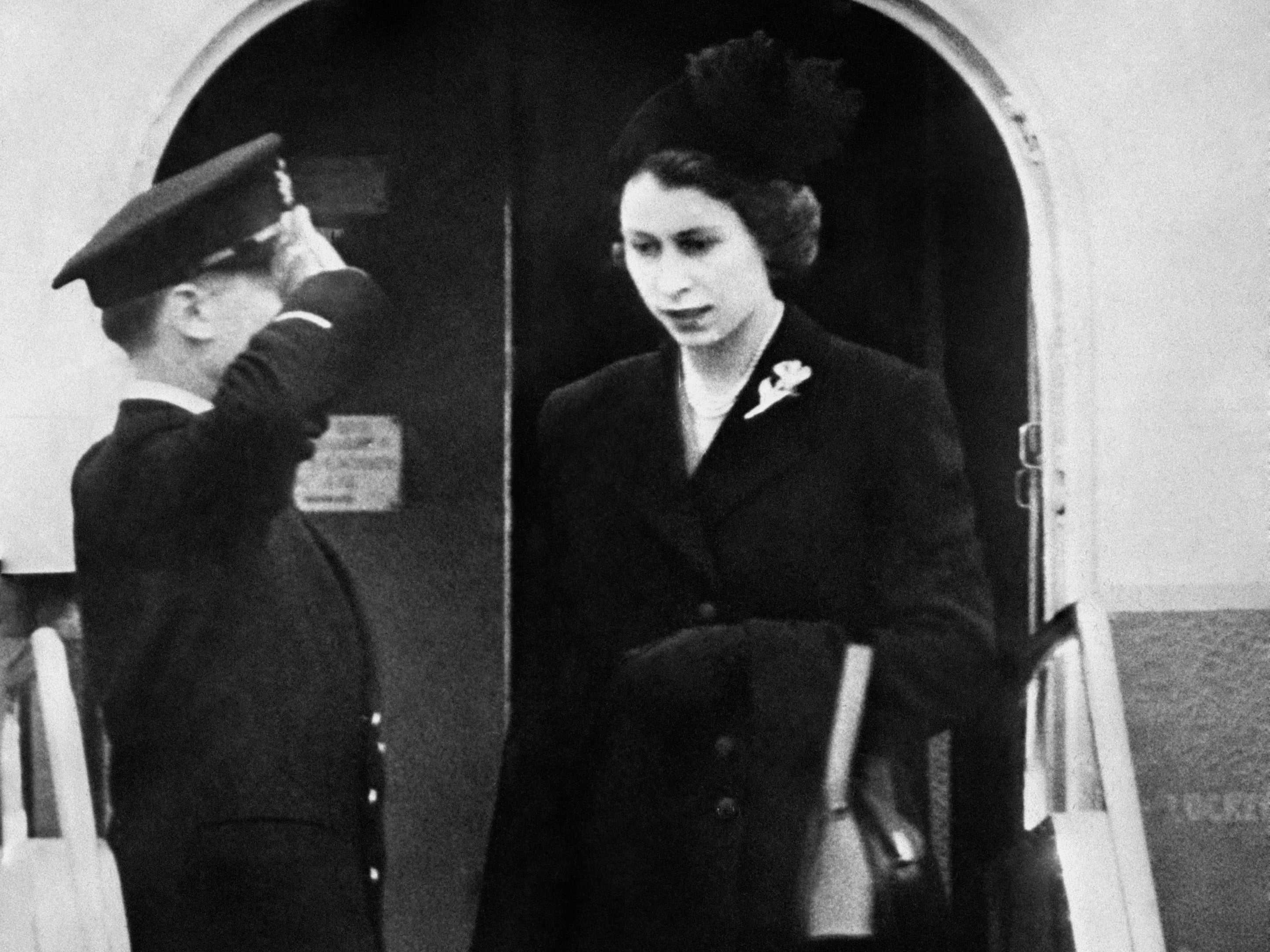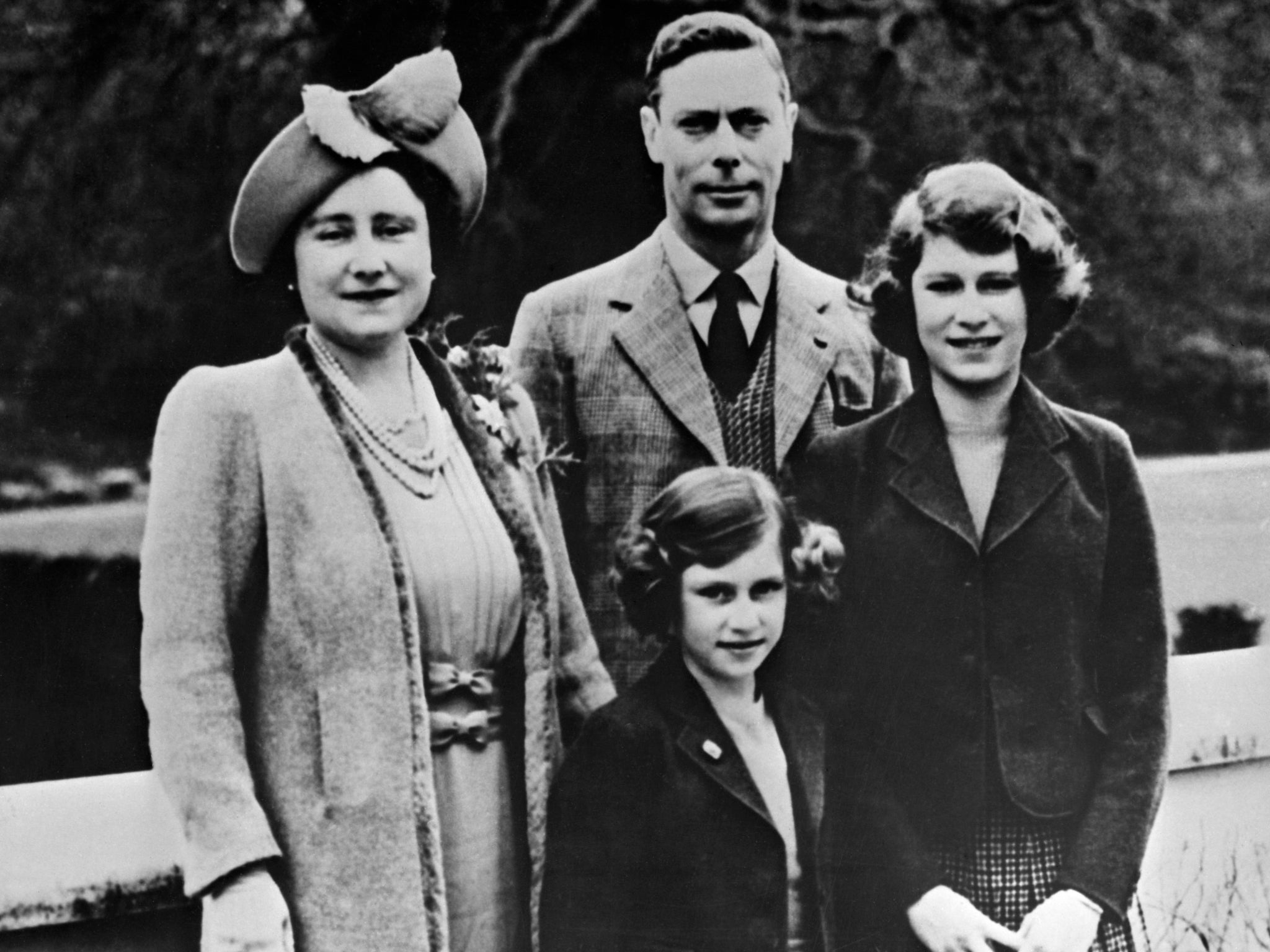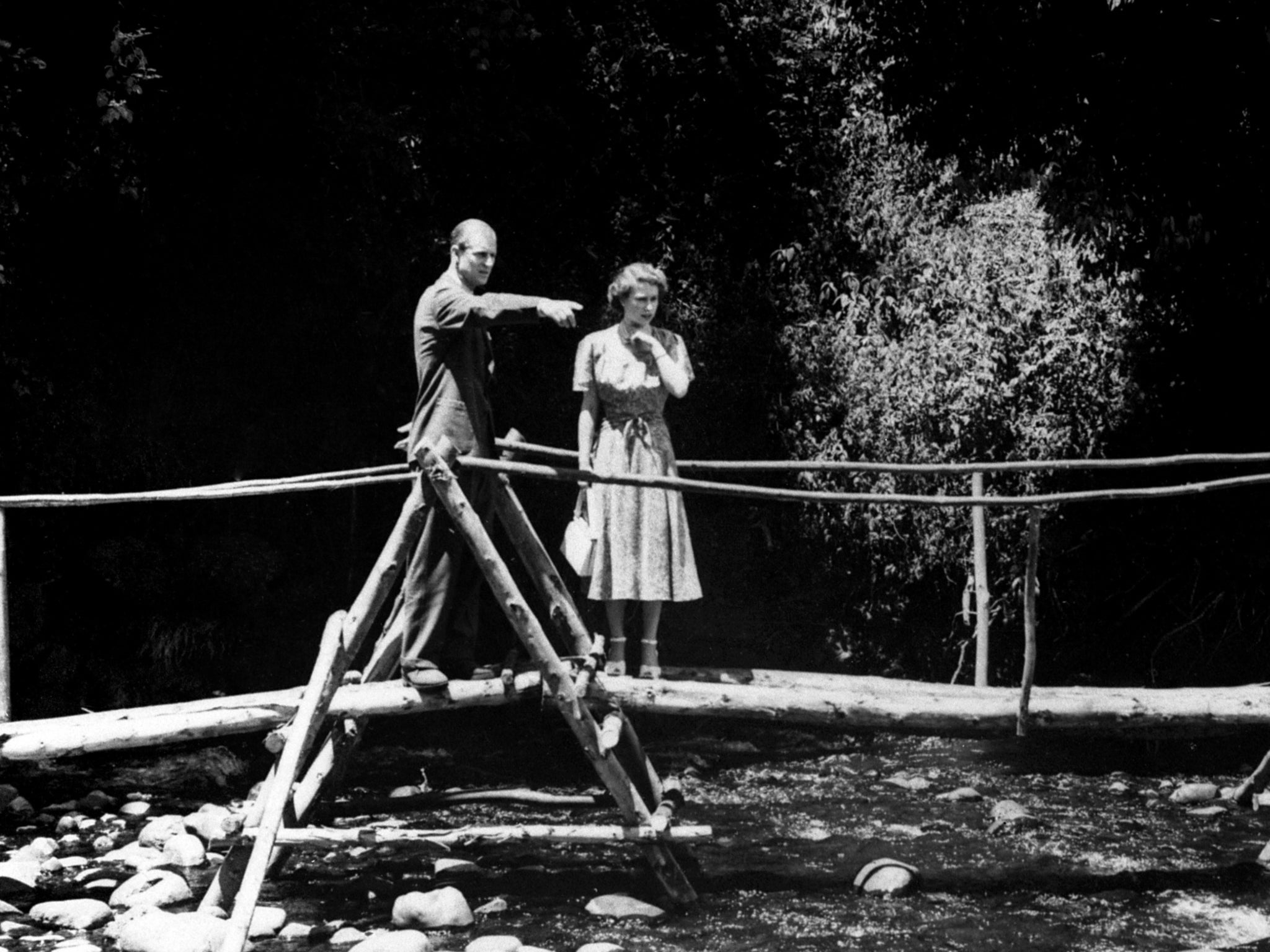How the Queen learned her father had died – and that she had acceded to the throne
On 6 February 1952, Queen Elizabeth II became the first sovereign in over 200 years to accede the throne while abroad

Queen Elizabeth II has achieved an incredible feat as she officially marks 70 years since she acceded to the throne.
On 6 February 1952, the Queen’s father, King George VI died suddenly and unexpectedly in his sleep. Aged just 52, the King had undergone surgery for carcinoma in September the year prior and had been slowly recovering.
The death of her father meant the then-Princess Elizabeth became the Queen when she was 25 years old. As she was in Kenya at the time, Her Majesty became the first sovereign in over 200 years to accede the throne while abroad.
The moment that the Queen found out about her father’s passing and her subsequent succession was a big plot point in the first season of Netflix’s The Crown, the fictional series depicting the Queen’s reign. But how did the moment play out in real life?
On 6 February 1952, Princess Elizabeth and Prince Philip were in Kenya on the first leg of a royal tour that would also take them to Australia and New Zealand. They were standing in for George VI who was too ill to take the trip.

The Queen was well aware of her father’s declining health at this stage, and it’s reported that George VI had already started showing the Queen state papers and “the ways of the monarchy”.
The night the King died, the Queen and Prince Philip had spent the night at a game-viewing lodge just over 100 miles (165km) from Nairobi.
British hunter Jim Corbett who was also staying at the lodge at the time famously wrote in the visitor’s guide book: “For the first time in the history of the world, a young girl climbed into a tree one day a Princess and after having what she described as her most thrilling experience she climbed down from the tree next day a Queen.”
However, due to the remote location it wasn’t until the next day that Princess Elizabeth learned of her father’s death. The news was relayed to a senior courtier, who passed it on to the Queen’s private secretary Martin Charteris, who then phoned Prince Philip’s aide.
Philip learnt of the news on the pair’s return to Sagana Lodge from the game-viewing lodge and it was the Duke of Edinburgh who relayed it to the Queen. The pair then walked through the grounds of the lodge together.

After the news was broken to the Queen, she wrote letters apologising for cancelling the rest of their tour and she returned home immediately.
In Robert Lacey’s book, A Brief Life of the Queen, Charteris is quoted as saying that following the news of her father’s death, the Queen was “sitting erect, fully accepting her destiny”.
The Queen’s coronation didn’t occur until over a year later, on 2 June 1953 in the first televised event of its kind.
Join our commenting forum
Join thought-provoking conversations, follow other Independent readers and see their replies
Comments
Bookmark popover
Removed from bookmarks